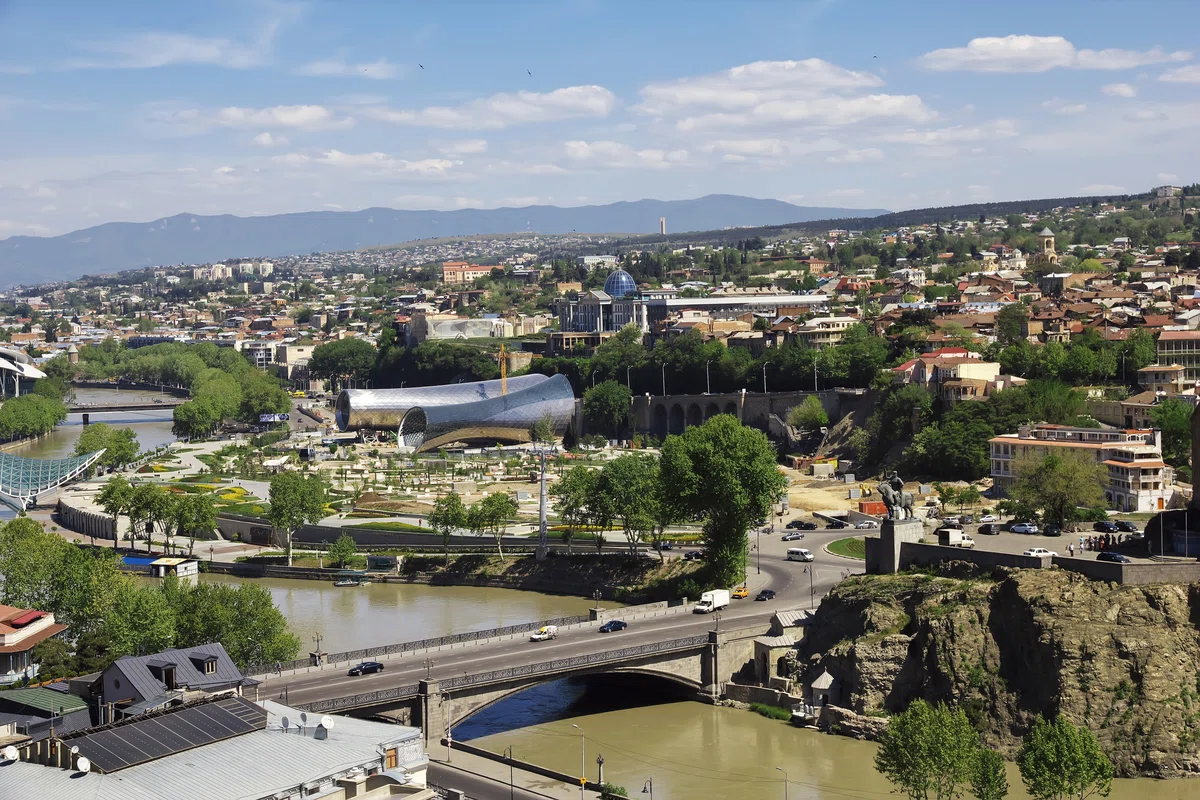
The most beautiful streets of Tbilisi, what to visit in Georgia, where to walk in Tbilisi
Walking around Tbilisi, it is impossible not to admire the beauty of the streets and buildings. In order not to miss the most impressive of them, use our list of 8 streets of Tbilisi of incredible beauty. You will learn their history and modern purpose. Traveling to Georgia, do not miss the chance to admire each of them!
Take a walk through the most beautiful streets of Tbilisi⬇️
- Shardeni Street
- Shavteli Street
- Baratashvili Street
- Betlemi Street
- Botanic Street
- Abano Street
- Rustaveli Avenue
- Agmashenebeli Avenue
Tbilisi is the oldest capital of Georgia and, concurrently, the largest city in the country.
To feel all the atmosphere of the city, you need to walk around it, taking your time and not planning your route.
Turn where your soul asks, and you will not regret it. The narrow streets and wide avenues of Georgia conceal the charming beauty and flavor of these places.
The streets of Tbilisi that cannot be passed by
Shardeni Street
In ancient times, it was called “Dark Street” and was not at all tourist. There were many different shops and workshops.
In Soviet times, the street was given the international name Shardeni. The street was named after the Frenchman Jean Chardin traveling through Georgia, who was the son of the richest jewelry merchant. His father sent Jean to Persia, where he became a court jeweler.
One day Jean happened to return to Paris for jewelry, which he had to take to Persia. Jean thought only about the safety of the wealth he was carrying with him. Therefore, I decided to shorten the way and went to Persia through the Black Sea.
In fact, Jean Chardin did not leave any significant memory of himself in Georgia. But the Georgian people treat him differently. After all, after that trip, Chardin wrote a book about how he traveled to Prussia through Colchis and Georgia. So, thanks to him, Europe got acquainted with Georgia. After the reconstruction in 1981, the street became completely pedestrian and tourist.
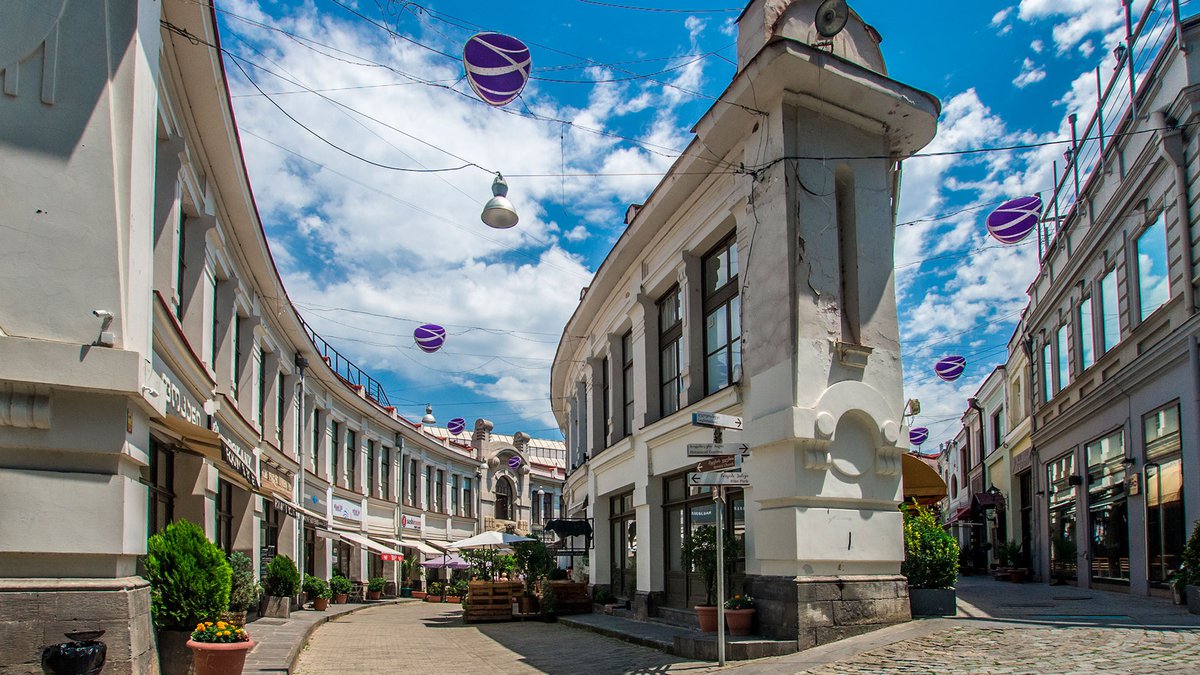
Shavteli Street
Tbilisi is divided into a new and an old city. In the old part of it there is a very popular Shavteli Street among travelers.
In ancient times, the street was called Tsarskaya, as it connected the city gates and the royal palace of Rostom. Later, the street was called Anchiskhatskaya because of the temple that stood here. Today the street is named after the Georgian poet Ioann Shavteli. Over the years, it has been undergoing renovations.
This street is famous for its sights. Here you can see:
- The very Church of the Nativity of the Virgin Mary, which used to be called as Anchiskhat. You can visit this temple any day absolutely for free;
- There is a “Drunken Tower” in front of the puppet Theater. It was built not so long ago. This tower is notable for the fact that on its roof there is a small garden with grenades and a catalpa. A special staircase leads to the garden of the tower. This structure was designed by the head of the theater Rezo Gabriadze. The little angel on the clock at the beginning of each hour strikes the appropriate time. Here a small puppet show is played out in front of passersby;
- On this remarkable street you will see the Georgian Patriarchate and the Monastery of St. George Kari.
Traveling around Tbilisi, do not miss the opportunity to visit this street.
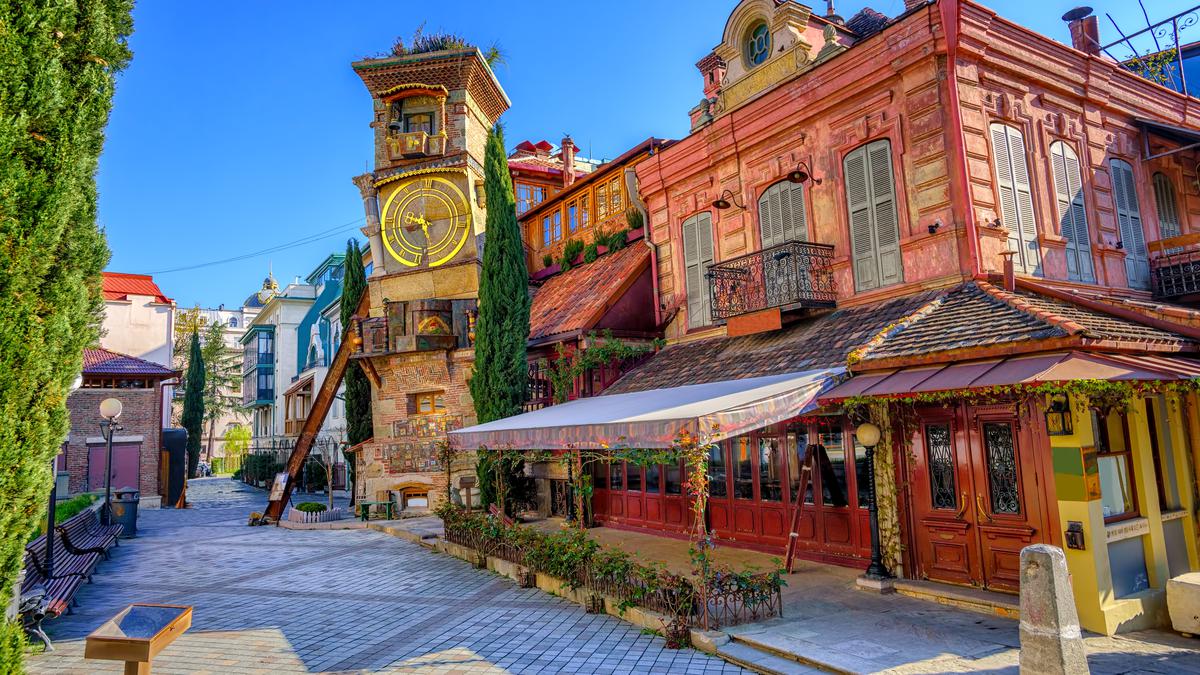
Baratashvili Street
The famous Tbilisi street Baratashvili was named so in 1945 in honor of the Georgian poet. Previously, it was called “Prison Boulevard”, Mukhrani Street, since the Mukhrani Gate came out here. From here the way to Mtskheta began and the road to the Mukhrani Valley lay.
There was once a Salolak ravine here, along the outskirts of which a fortress wall ran. At a time when the defensive fortress lost its purpose, it was destroyed. The ravine was filled up, and a street with a bizarre arrangement of buildings began to be built up down the Kure River.
At the beginning of the street is Orbeliani Square, where the Russian Bazaar used to be. Along this street you will see the monument to the lamplighter and the wedding palace.
The street is famous for its delicate blue balconies and “Berikaoba” little men dancing in a circle. During the Soviet Union, a barrier with trees was built in the middle of the street. This division clearly shows that the Old part of the city runs along one side, and the other part of the street is built up with a new building.
It will be inconvenient to inspect both sides of the street at the same time, so do it separately. In order to get to the other side, you need to go through an underground passage. The ruins of a long-destroyed fortress are considered the most interesting here.
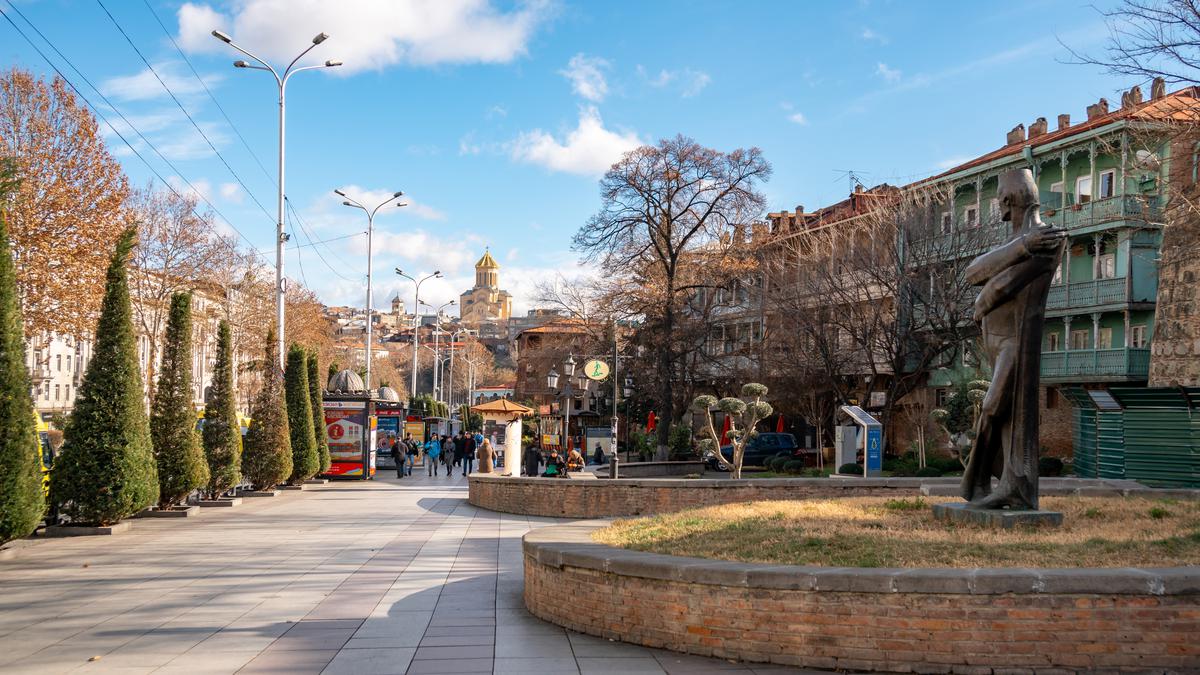
Betlemi Street
In the Old Town, a small Betlemi Street stretches 300 meters to the Narikala Fortress. Previously, the street was named after the quarter and was called Petkhainskaya. By the end of the nineties of the twentieth century, the street was reconstructed, which is why it lost its former appearance. Of what resembles Old Bethlehem, only a few old balconies and a "Kaleidoscope" remain. Of all the old houses, this house is the most remarkable and beautiful, since all the glass here is made in the technique of stained glass.
The new name of the street comes from the Upper Bethany Temple. If you are going for a walk in the capital of Georgia from Bread Square to the Church of St. George, Ateshge and Betlem churches, then Betlem Street is perfect for a short trip.
Betlemi is particularly valuable due to the beautiful landscapes that open up to the lower districts of the Old Town and Avlabar. The lower part of the street is connected to the southern wall of the ancient church of St. Gevorg.
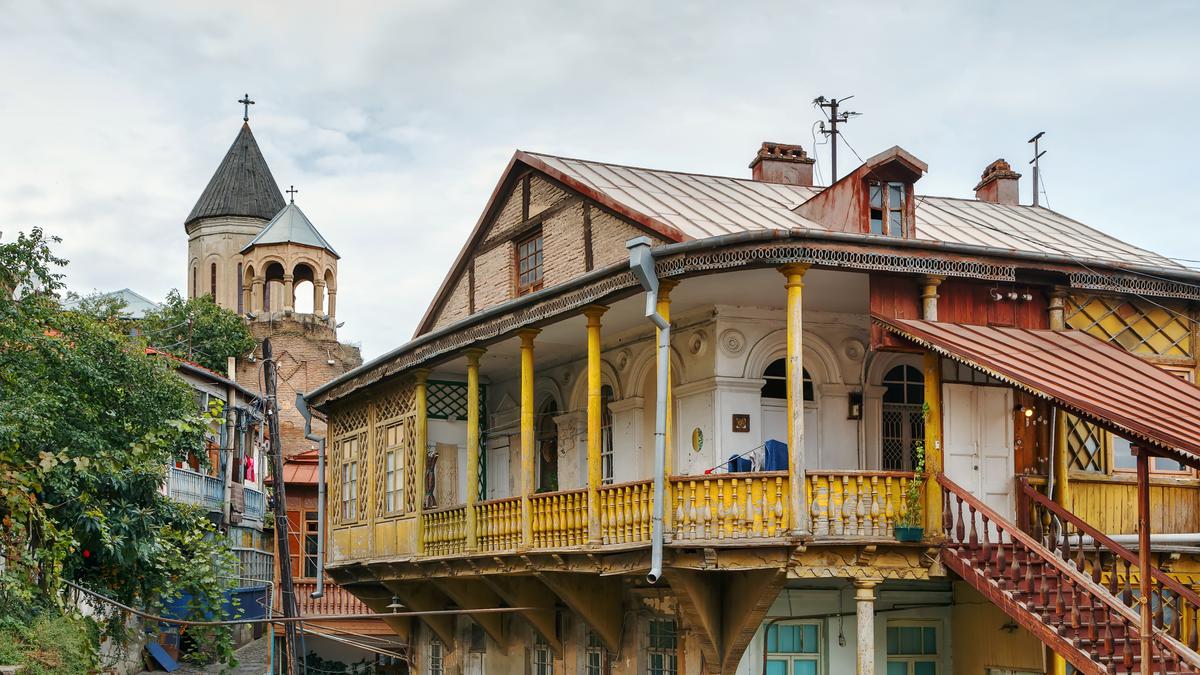
Botanic Street
In the Abanotubani quarter, next to the Old Town, Botanic Street stretches from the embankment of the Sevastian Martyrs to the Botanical Garden, after which it was named.
The street is being restored and improved, preserving its Moorish style, and is considered one of the main streets in tourist routes. This street is one of the first streets of old Tbilisi.
Caravans from Iran and India once passed through it. There were Ganja and Bath Gates, of which nothing remains today.
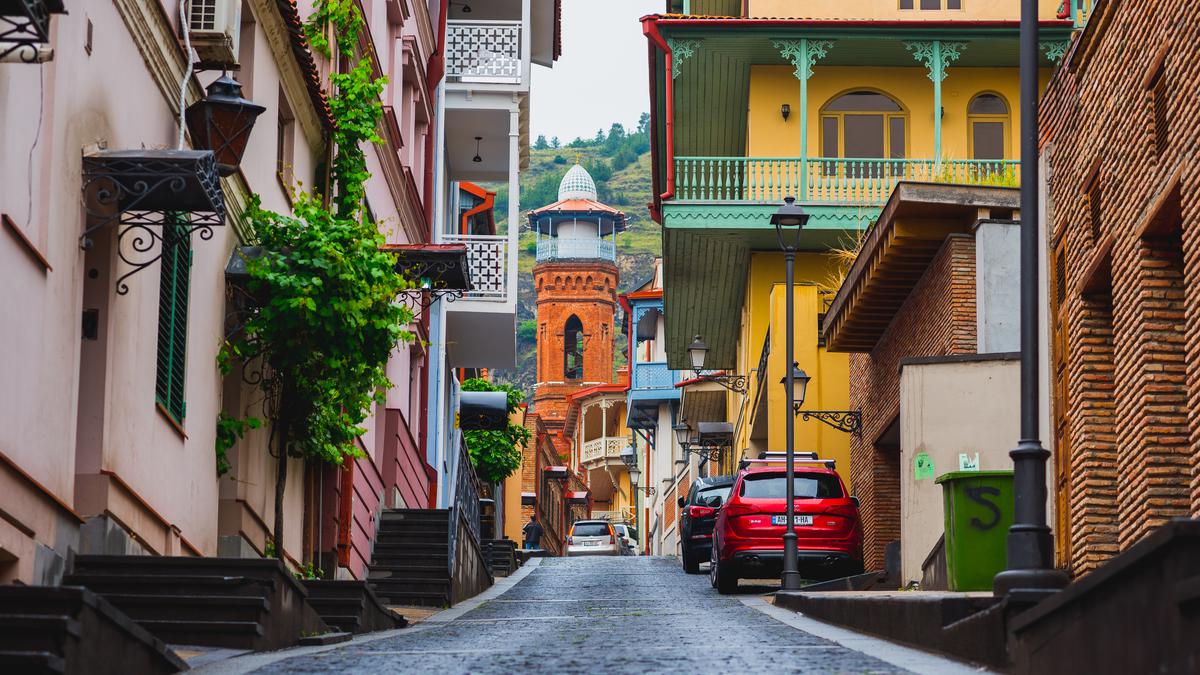
Abano Street
Few people know that it was from this place, from this street, that the history of Tbilisi began. Abanotubani is the area where the most famous sulfur baths in Georgia are located. According to legend, King Vakhtang Gorgasali shot a pheasant while hunting, and it fell into a spring in this place and boiled. So the king ordered to build baths around the spring. And after that, the city of Tbilisi grew up around these sulfur baths.
Along this street you can go down to the Fig Gorge, which is distinguished by its breathtaking beauty. Balconies hang directly over the gorge, which looks very unusual and indescribably beautiful. Be sure to visit these places. Here you will find another miracle of nature. In a completely unpredictable place, right in the center of the capital of Georgia, you will see the Levgtakhevi waterfall.
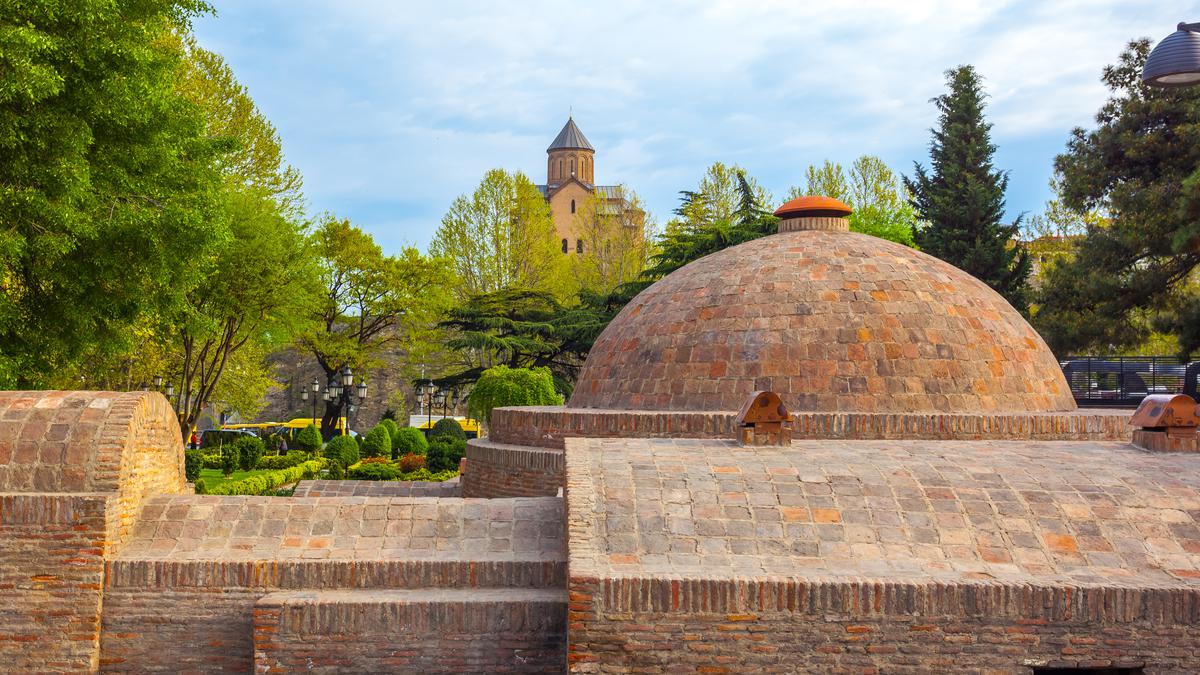
Rustaveli Avenue
The main avenue of Tbilisi - Rustaveli Avenue - stretches for one and a half kilometers. The street has gathered all the significant buildings of the city. It seems that the entire avenue consists of architectural monuments. The street named after the Georgian poet Shota Rustaveli did not always bear this name. Previously, the avenue was named as Golovinsky.
On this avenue are the Tbilisi Opera and Ballet Theater, the Vorontsov Palace (in which Georgia's independence was declared), the National Museum of Georgia, the Parliament Building, the National Art Gallery, the Rustaveli Theater and other significant buildings.
One of the main pedestrian streets of the city is famous for interesting sights: the apartment houses of Mantashev, Chavchanidze and Salzman, the former house of culture of railway workers, the Kolkhida and Apollo cinemas, the State Music Center of Georgia, the Georgia-Film studio and the Vaso Abashidze Musical Comedy Theater.
In addition, the central avenue of the capital of Georgia is rich in cozy cafes and luxury restaurants, hotels and inns, as well as various shops. A walk along Rustaveli should become an obligatory part of every tourist's vacation in Tbilisi!
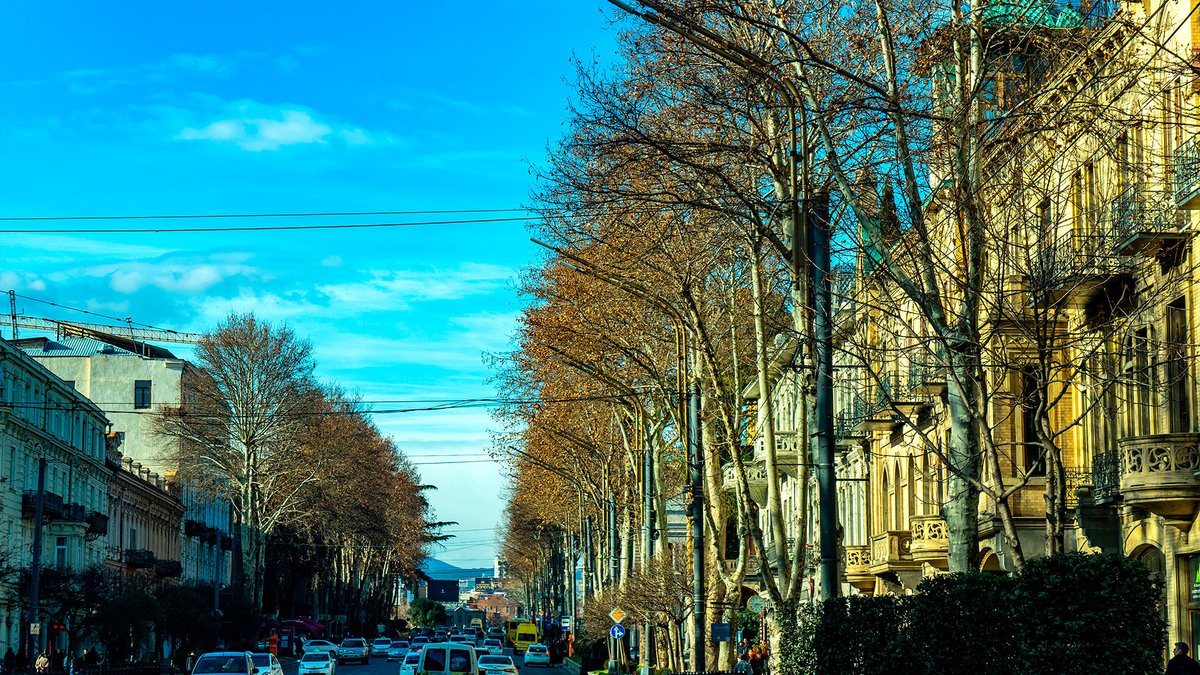
Agmashenebeli Avenue
The avenue, named after David Agmashenebeli, is located in the Chuguret district. Previously, it was called Mikhailovsky, and then it was renamed Plekhanov Avenue.
Agmashenebeli Avenue has become half pedestrian after a recent major restoration. Here you can admire a lot of architectural monuments, as well as wonderful front doors. At night, the street is beautifully illuminated with light bulbs, which creates a cozy and magical atmosphere.
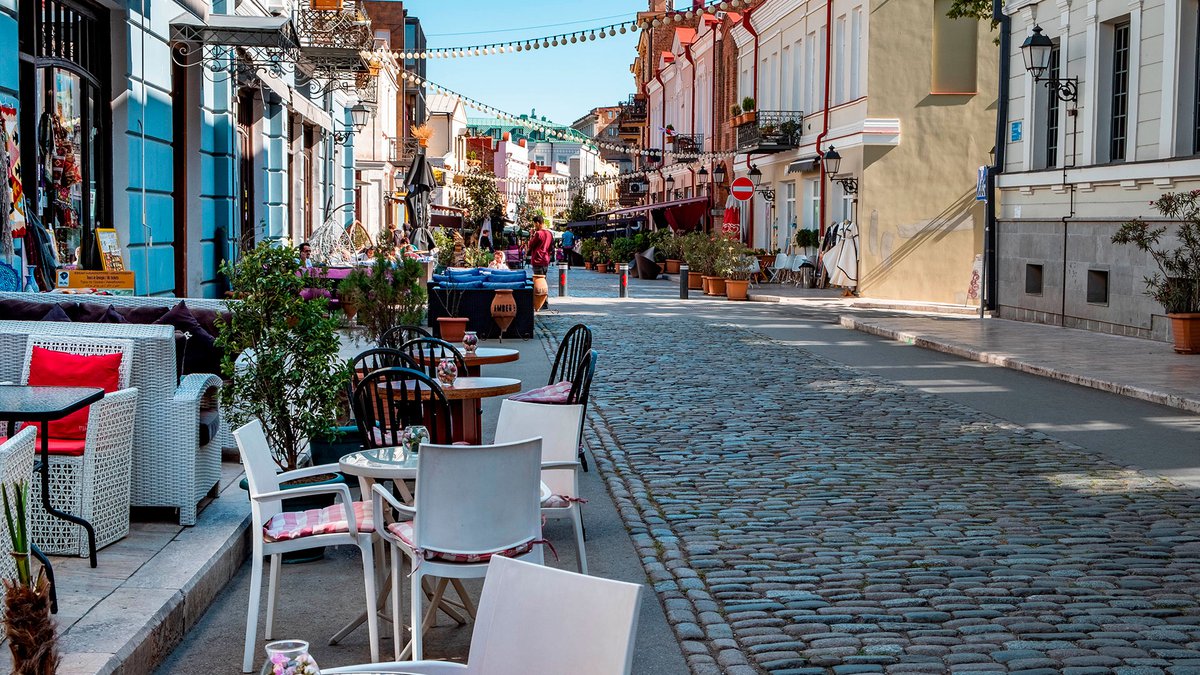












36 comments
Log in to leave a comment